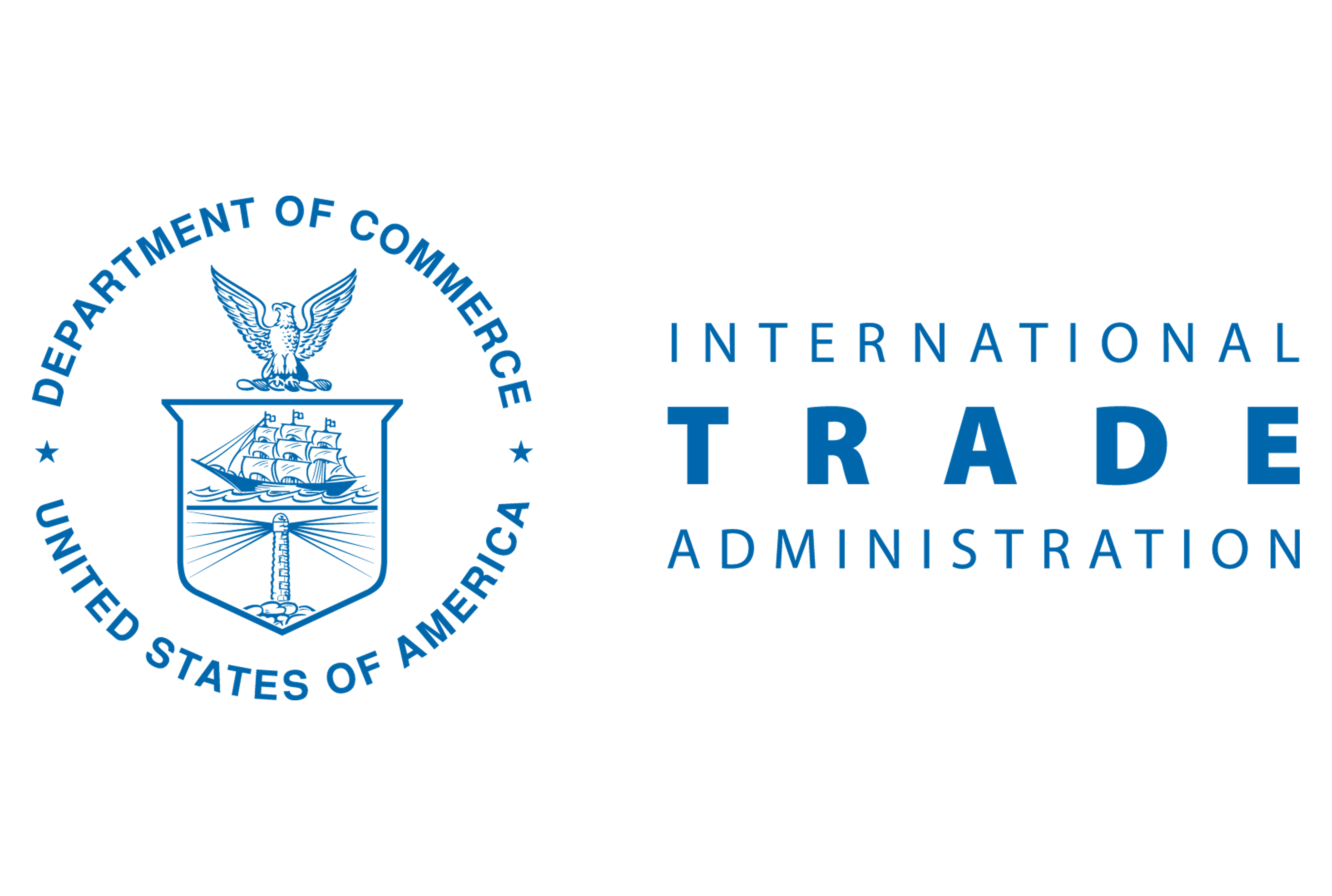Analysis
May 6, 2025
Final Thoughts
Written by Stephen Miller
Given the news about tariffs and bringing back industries to the US, a brief look back in time may show how our economy changes with technological advances and the shifting economies of scale.
A good case is the history of ironmaking in the US, particularly the pig iron industry in Southeast Ohio in the early 1800s. This may shed some light on our current endeavor to turn back the clock and bring back industries that declined because they were better suited to yield to new technology, environmental concerns, and demographical trends in our society.
Hanging Rock
The area called the Hanging Rock Region in SE Ohio between 1818 and 1916 had become the major producer of pig iron in the US. It supplied steelmakers and foundries with pig iron, which drove the industrialization of our early economy.
This region along the Ohio River was rich in iron ore, limestone, and other resources used to make pig iron. The numerous blast furnaces were built of stone and were fueled by charcoal. The rich forests of the region provided ample wood, which was converted into charcoal to reduce the iron ore into pure iron.
The Hanging Rock area developed several advances in ironmaking that contributed to the technologies used by the steel industry as it grew into a mass production entity.
At it peak in the 1850s, the Hanging Rock region operated over 70 blast furnaces that produced hundreds of thousands of tons of pig iron for eventual use in manufacturing. As the steel industry started to grow and was switching to coal as the reductant in ironmaking, the industry in the Hanging Rock region got a glimpse of the changes to come.
However, with the onset of the Civil War, the industry was bailed out as the need for iron became a national emergency. Their prices went up, and they provided the iron which helped the Union side prevail.
After that, though, the realities of their production methods became evident. The American steel industry was on another track now.
Times change…
The region could not easily pivot and realized updating would be too costly to compete with the changing technology. Another consideration was the use of charcoal had deforested the area in SE Ohio to the point where charcoal production was too limited. The industry had ignored the need to reforest the area, but it was too late.
The iron industry persisted to a lesser degree until the last stone furnace shut down in 1916. Today, the ruins of the furnaces are scattered around the countryside of southeastern Ohio.
The merchant pig iron industry became supplied by new technology during the early 20th century. It was generally supplied by the modern blast furnaces that supplied depots with pig iron, which was distributed to the foundry industry as opposed to steelmakers.
But with the transition from the open hearth method to the basic oxygen method of converting iron into steel, the merchant pig iron business went again into decline. The switch to another technology used a much smaller percentage of ferrous scrap.
The foundries using pig iron in their melts found it less costly to use scrap instead of more expensive pig iron. As a result, the last independent producer of merchant pig iron shut its doors in 1992. Today, with EAF dominance in the US steel industry, we import millions of tons of pig iron.
A lesson for today?
What all this shows is the changes in some industries have to yield to certain economic laws whether it means the production is retained at other locations in the country or are moved offshore. This is the economic law of “comparative advantage.”
Attempts to bring back certain industries might be not economically possible, as others entities may be able to produce goods more cheaply or of better quality. As the Hanging Rock producers decided a long time ago, it wasn’t economically possible to compete with the hand they were dealt, for which they were at least somewhat responsible.
Can this look back in time give us insight into what is happening today? Will imposing tariffs to reclaim industries prove effective, or are there deeper economic laws at play that we disobey at our own peril?







